Washington Monument Marble Stripe
Look closely and you’ll notice that the color changes a third of the way up the tower.
Construction on the Washington Monument began in 1848 with funding coming entirely from private donations. But within six years the eponymous Washington Monument Society had burned through its budget, and work on the obelisk ground to a halt. The 152-foot tall marble stub was capped with a wooden roof, and the project sat dormant for years as a source of national embarrassment.
At the time, the federal government had more pressing business to attend to than memorial building—namely fighting the Civil War and then reconstructing the South. The project finally resumed 20 years later in 1878, and the Army Corps of Engineers took over construction of the monument. The only problem was that the original marble quarry, Thomas Symington’s in Baltimore, was no longer in operation.
The engineers did their best to find a match, signing a contract with a nearby quarry owned by Hugh Sission and completing the monument in 1884. The Army Corps of Engineers official history of the project notes that by 1900, high levels of interior condensation “began penetrating the joints of the outer walls, causing the [new] marble ashler to discolor.” The effect has grown more dramatic over the years, and today the two sections are quite apparent. While some see the color disconnect as an architectural flaw, others view the marble stripe as an ugly but interesting wrinkle in the Washington Monument’s history.
Know Before You Go
There is a bronze highway historical marker on Route 7 in Arkansas saying that the stone for the second half of the Washington Monument was taken from that site.

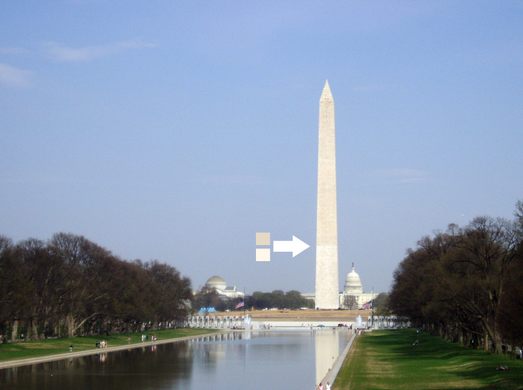



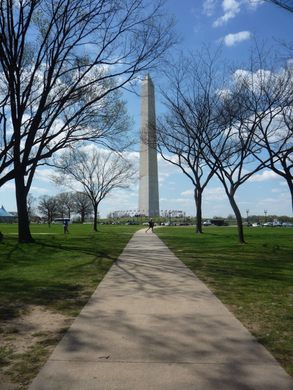
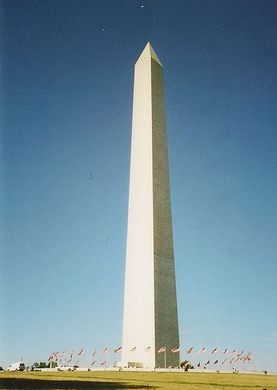
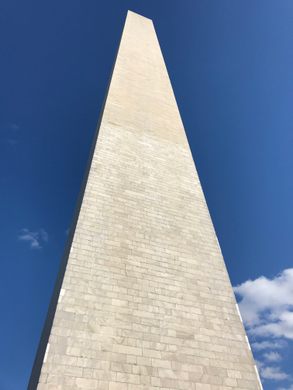

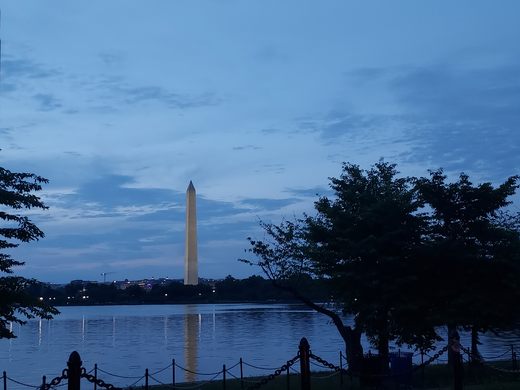

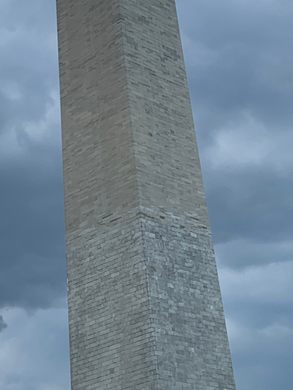
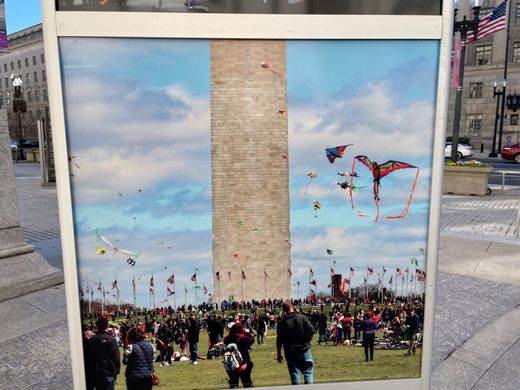


























Follow us on Twitter to get the latest on the world's hidden wonders.
Like us on Facebook to get the latest on the world's hidden wonders.
Follow us on Twitter Like us on Facebook